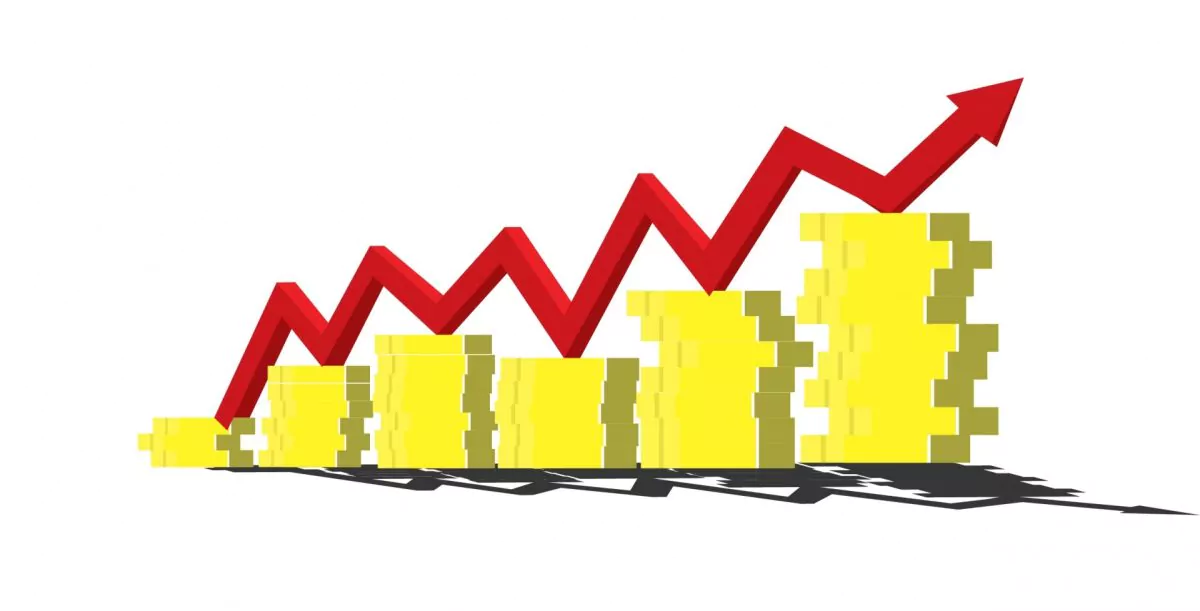A vigorous economic recovery is taking place in Europe, in developed economies, in many regions of the world, and in the Romanian economy the recovery, in terms of GDP dynamics, has exceeded a number of forecasts, according to the Convergence Analysis Report “Romania – Euro Area MONITOR” no. 7/2021, published on the website of the National Bank of Romania and coordinated by Daniel Dăianu. Public debt needs to stabilize and budget execution needs to be as close as possible to the planned level, the specialist stresses. Romania must speed up the vaccination process, with which we are still lagging far behind EU countries, and take advantage of green financing opportunities in Europe.
Urmărește mai jos producțiile video ale Economedia:
- articolul continuă mai jos -
A vigorous economic recovery is taking place in Europe, in developed economies, in many regions of the globe. In the Romanian economy, the recovery, in terms of GDP dynamics, exceeds many forecasts. The International Monetary Fund (IMF) (2021) speaks, in its latest estimate, of 7% growth in Gross Domestic Product (GDP), and the World Bank’s estimate is close to this forecast. “More recent data available suggests even higher growth. We seem to have underestimated the resilience of the domestic economy in the very critical period from 2020, its beneficial sectoral diversity. On the other hand, the pandemic and its effects on the economy and society leave deep scars, and a return of GDP to pre-pandemic levels does not equate to the disappearance of economic and social wounds,” Dăianu notes.
A good agricultural harvest this year is helping the domestic economic recovery. A closing of the GDP output gap can be observed in the first part of this year, the economist points out. The economic picture is, however, completed by several aspects: the likely significant increase in the current account deficit (to over 6% of GDP this year) and inflationary pressures resulting from the strong rebound, rigidities generated by disruptions in supply chains, rising commodity prices and the liberalization of energy tariffs in Romania. Dăianu points out that a strongly improving European economic context and a solid economic rebound in the EU is also helping the local economy.
“The dynamics of the economic activity is not sustainable at a very high rate (real GDP growth of over 7 percent) in the coming years given the external deficits, even if the absorption of European funds will be intense – including through the National Recovery and Resilience Plan (NRRP),” says Dăianu.
The medium-term economic outlook calls for special attention to the necessary budgetary consolidation. “This consolidation, which calls for bringing the budget deficit (cash and ESA/ESA) to around 3 percent of GDP in 2024, will not be an easy process given the size of the structural deficit which was over 5 percent of GDP at the end of 2019 – the highest in the European Union (EU), as was the primary deficit of the public budget. It is important that this year’s budget execution is as close as possible to the planned one, i.e. a cash deficit of around 7 percent and an ESA deficit of ca. If there are additional gains on the tax/budgetary side, these should be used for consolidation (of course, apart from resources dedicated to the fight against the pandemic).”
Public debt has already reached 50% of GDP. “It is essential that in the coming years this debt, even if it increases further, stabilizes (public finances are sustainable) and this depends crucially on budgetary consolidation – which in turn depends on a firm average annual budget deficit adjustment path of 1.5 percent of GDP (a cumulative deficit reduction of about 6 percent of GDP) over the period 2021-2024. It should be noted that Romania is under the Excessive Deficit Procedure (EDP), even though the rules will only be reactivated from 2023.
As for the pandemic, the good news is that vaccines work effectively wherever they are widely applied, Dăianu points out. “It is increasingly clear that the only effective weapon to nullify the virulence of this enemy is vaccination. As senior European and American officials of the World Health Organisation (WHO) say, the best immediate and medium-term investment for the economy and society is vaccination. And this reality obliges the authorities here, all of us, to boost the vaccination process in order to succeed in containing the pandemic, in defeating it,” Dăianu points out, mentioning the poor figures we have reached so far. The distance to the threshold of collective immunity through vaccination, about 70%, is still very high in Romania (about 25% compared to the EU average of 58% – July 2021). A fourth wave, caused by new and more dangerous variants of Covid-19, is already being felt in many EU countries – some restrictions are being re-imposed – the population is being mobilized so that vaccination does not slow down.
Dăianu also refers to the National Recovery and Resilience Plan. “The NRRP, with its national components, aims mainly at reconstruction, reforming economies to face the existential challenge of climate change; it also aims for digitization, the application of new technologies to increase the robustness and competitiveness of economies. These programs also aim to make healthcare systems more robust, capable of fighting other pandemics and diseases.”
“In Romania, the needs of our public budget, which will be exacerbated by the lessons and consequences of the pandemic and the effects of climate change, must also be examined in the light of chronic underfunding of public education and public health, other public goods without which the functioning of the economy as a whole suffers,” Dăianu points out.
The analysis also touches on the green theme. “We need to allocate from the public budget the necessary funds to protect ourselves from various pollutants and to protect our forests, the environment we live in. If there are no resources in the public budget now, then they must be created! At the same time, at EU level, the legislation punishing trafficking in toxic and non-recyclable waste should be strengthened and better enforced”, says Dăianu.
Crypto-assets, as a form of unregulated financial sector (a kind of free finance/banking) pose a threat to financial stability, says Dăianu in the analysis. “Central banks, governments need to regulate and supervise cryptoassets, not only because they can finance organised crime and terrorism, arms and people trafficking, facilitate money laundering. But also because monetary transmission (monetary policy), financial stability, the stability of the international financial system, are threatened by cryptoassets.”
From the analysis:
- The recovery of the real economy from the pandemic-generated crisis is significantly faster than anticipated both externally and domestically, paving the way for high economic growth in 2021. With the foreshadowing of the gradual reduction of multiple uncertainties, expectations for the evolution of Gross Domestic Product (GDP) next year are also favourable.
- The impact on prices from the particularly rapid recovery in demand in the economy, coupled with the jump in commodity prices and visible bottlenecks in some segments of the production chains, is expected to moderate significantly in the course of 2022.
- The main indicators of financial health of the banking sector in Romania continued the positive trend reported in the previous edition of Euro Monitor, remaining within the prudential bands set by the European Banking Authority (EBA). However, the uncertainties regarding the evolution of the domestic and European economy in the context of the pandemic require maintaining a prudent approach to banking management. The non-performing loan ratio fell to 3.91 per cent (from 4.0 per cent in May 2020) and solvency ratios reached historic highs at end-2020, including as a result of non-distribution of dividends.
- “Green rebuilding” must target the areas that generate the highest volume of greenhouse gas emissions. For Romania, European “green” funding will be significant in the coming years: at least €10.8 billion of green investments will be possible through the NRRP, plus a presumed €9.1 billion from the MFF 2021-2027. Thus, in the “post-Covid” recovery phase, the implementation of green incentives becomes a priority objective, allowing, in the short and medium term, to recover the economic losses caused by the pandemics and, in the long term, to mitigate the effects of global warming. From Romania’s perspective, the cumulative medium-term (2021-2026) impact of the “green” grants implemented through the NRRP on economic growth is estimated to fluctuate between 1.9 pp and 2.3 pp.
- Economies on all continents are facing the problem of the emergence of these speculative assets, such as cryptocurrencies, which are not genuine currencies but have the potential to destabilize national monetary and financial systems. The key issue for central banks, however, goes beyond keeping up with new technology and digitalizing money creation. The big challenge is not to allow the financial system to evolve in a free-banking type way, with a detrimental impact on financial stability and beyond; public money is a public good on which economic and social cohesion depends.
Translated from Romanian by Service For Life S.R.L.































